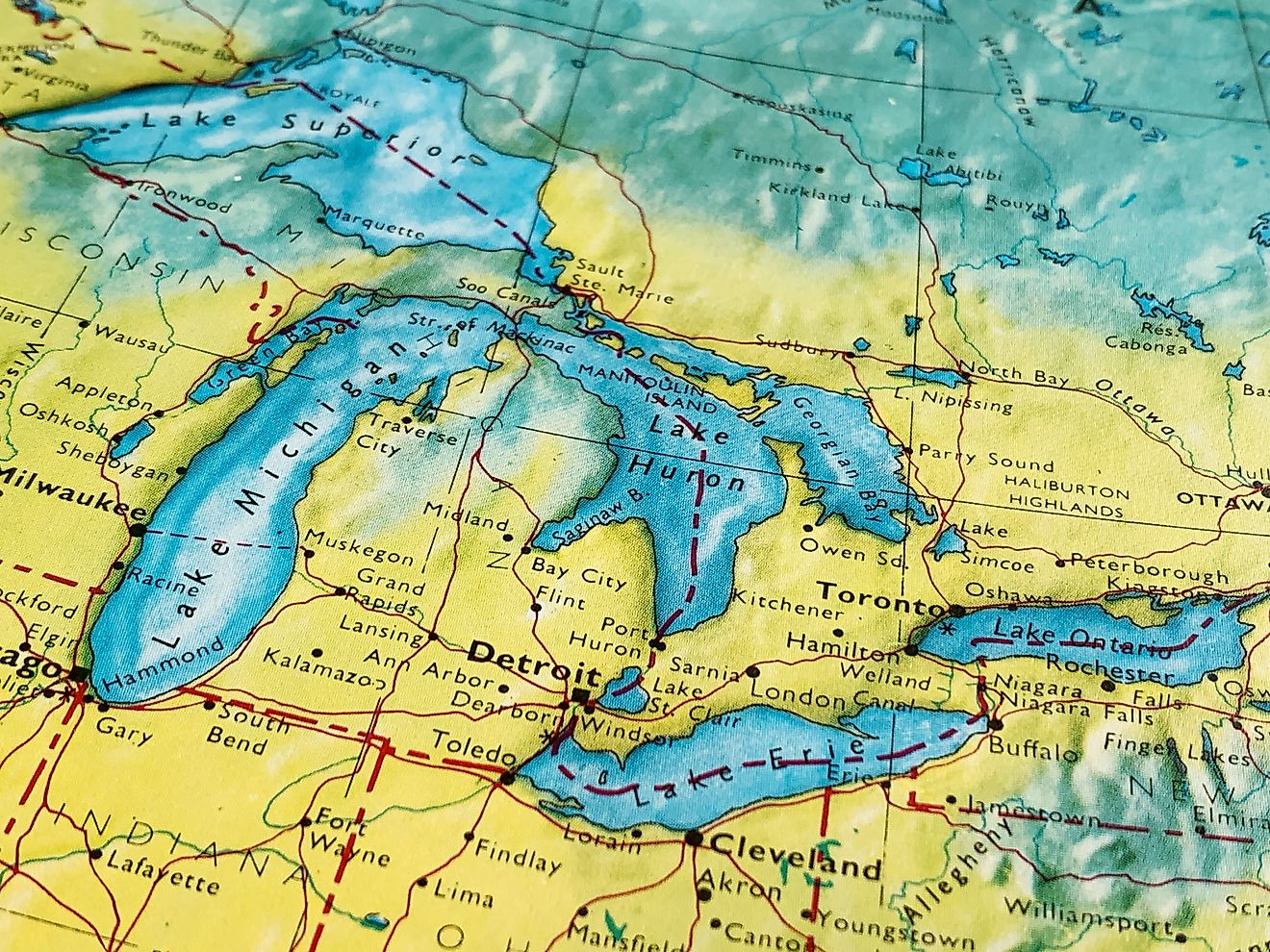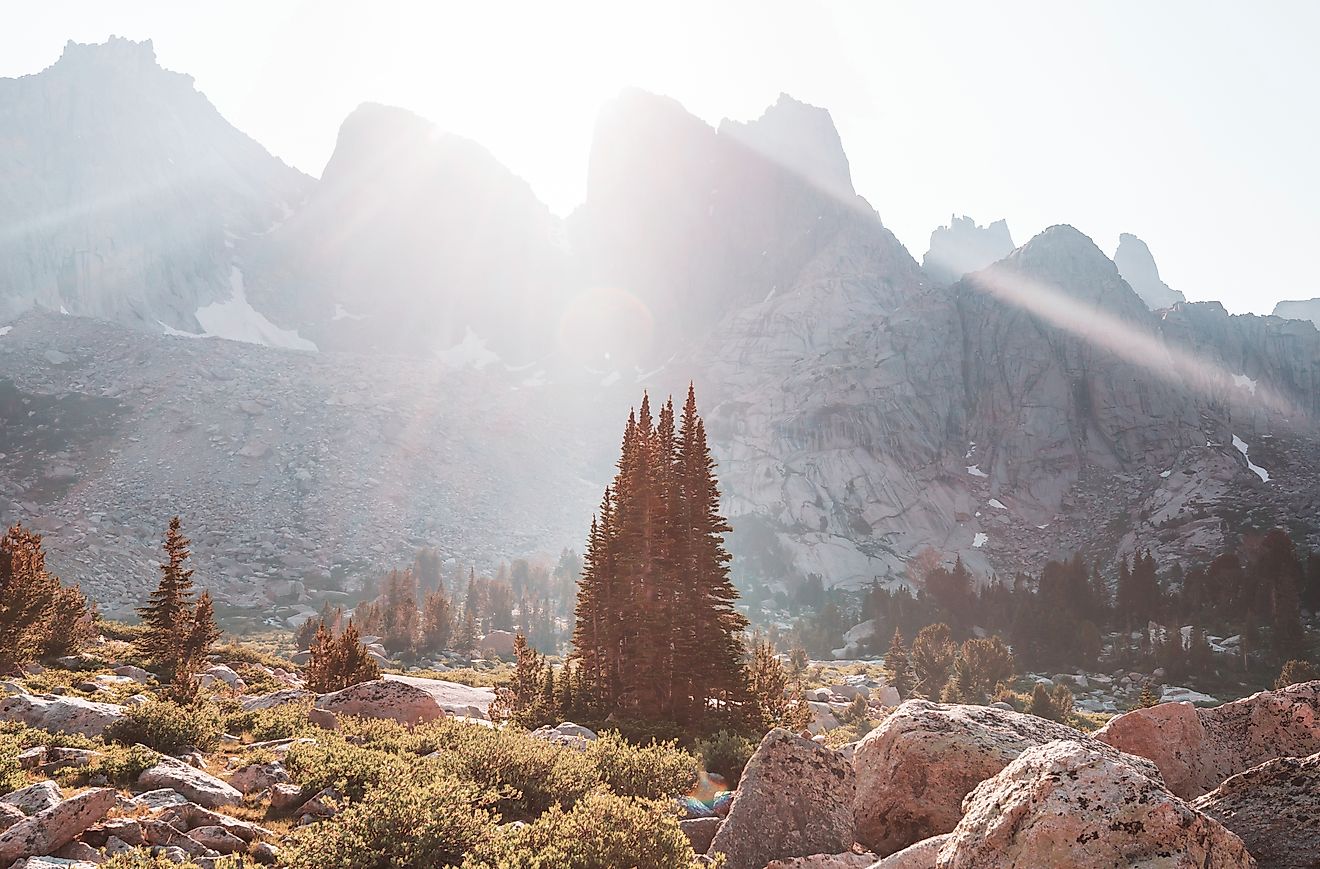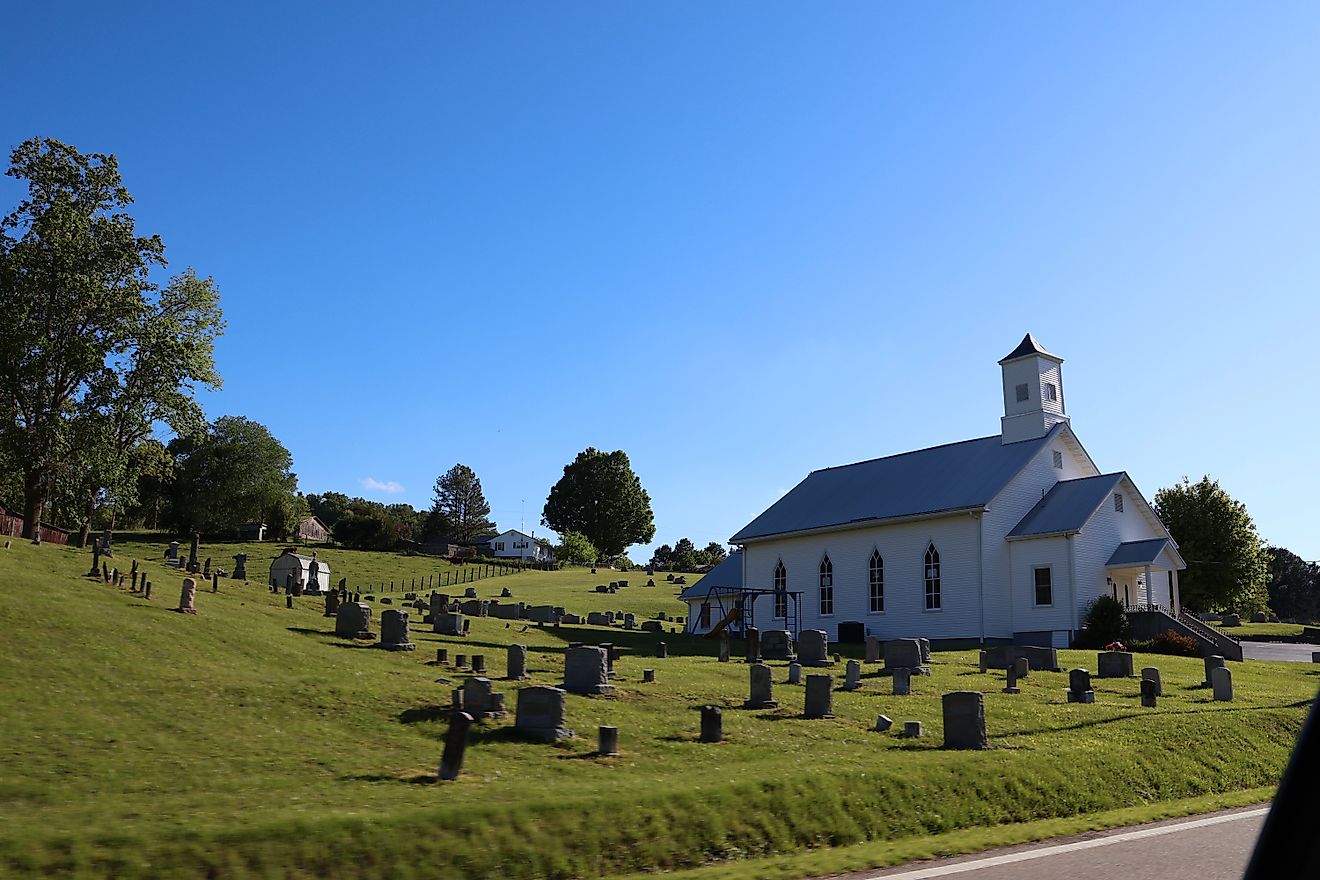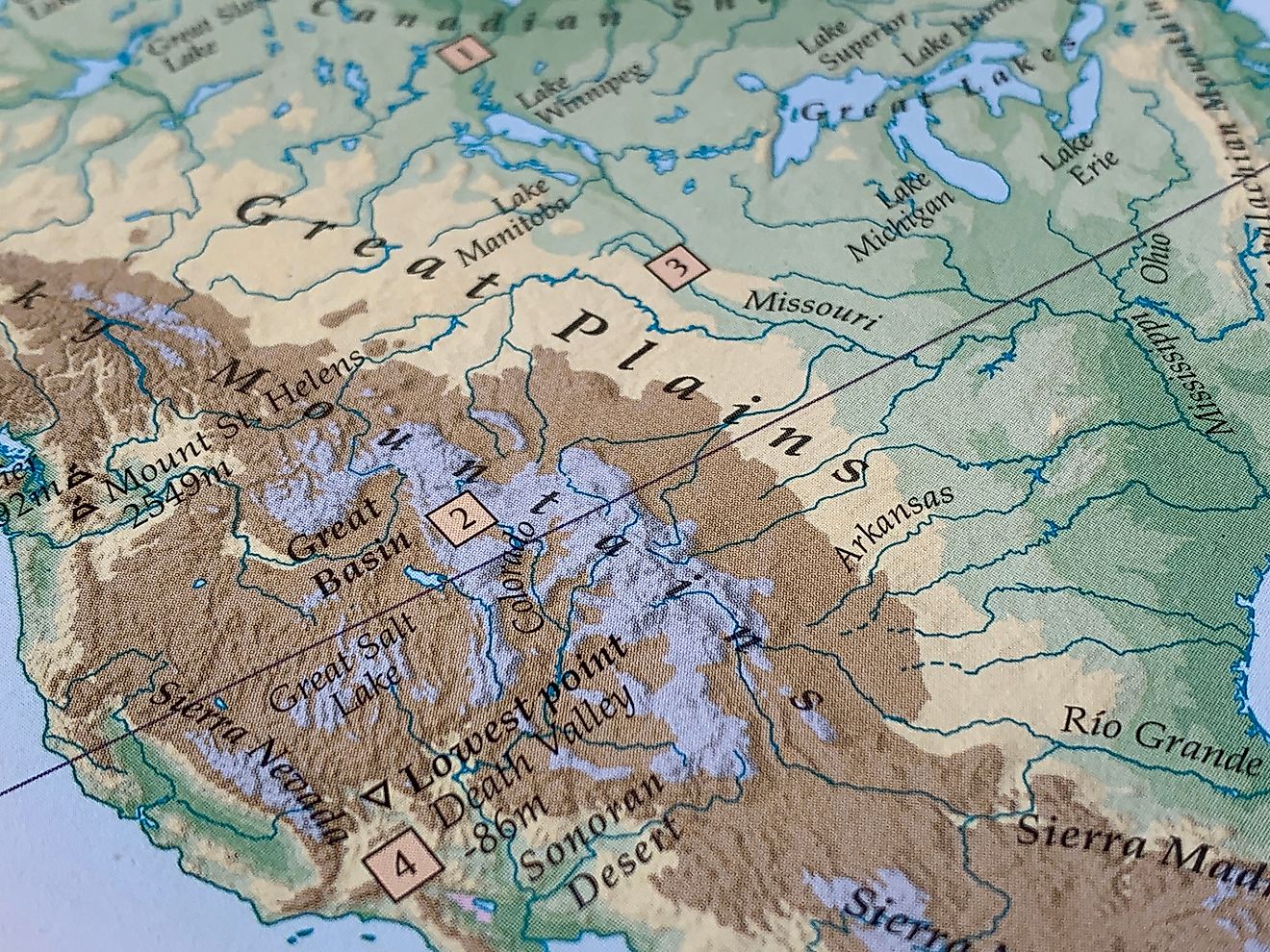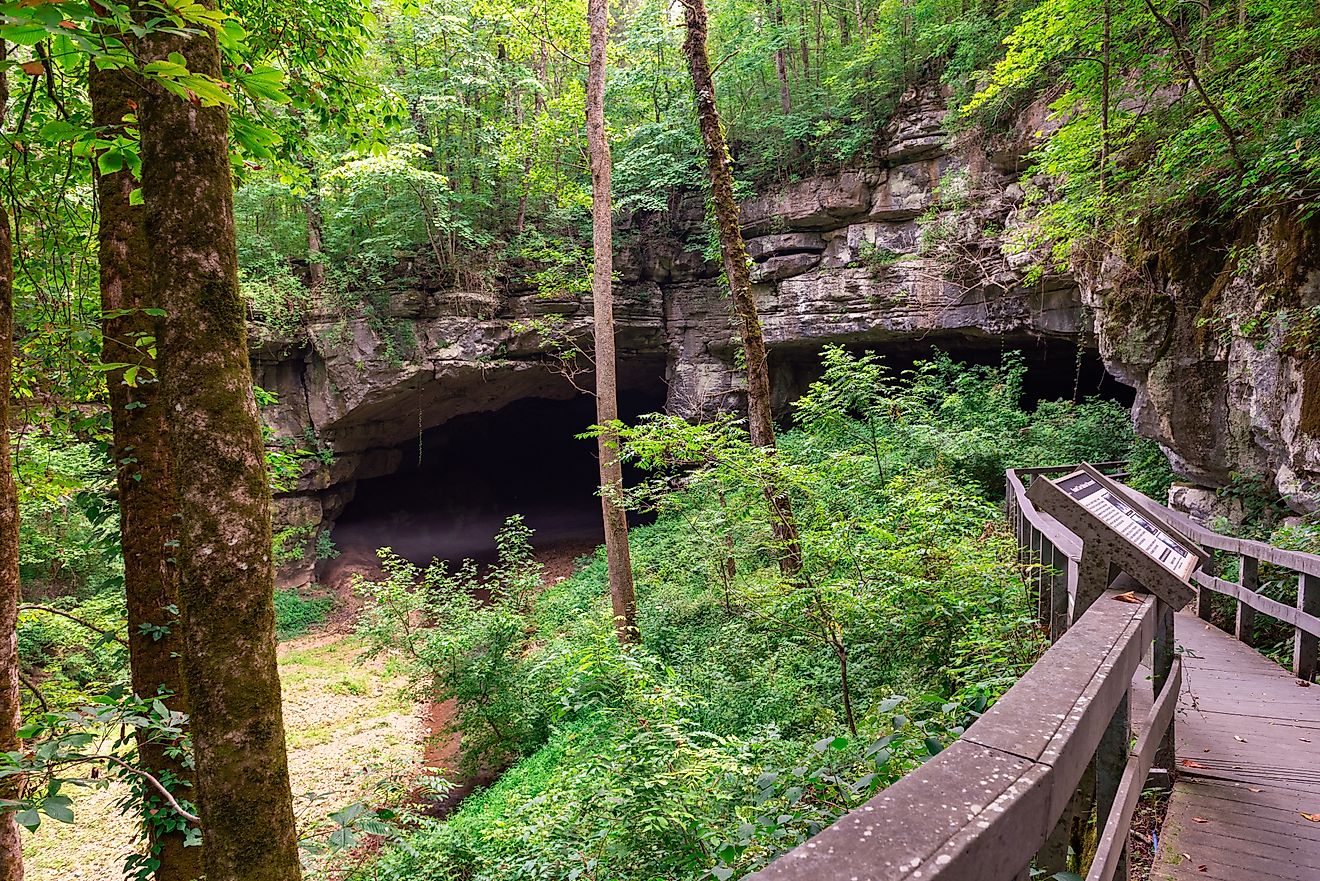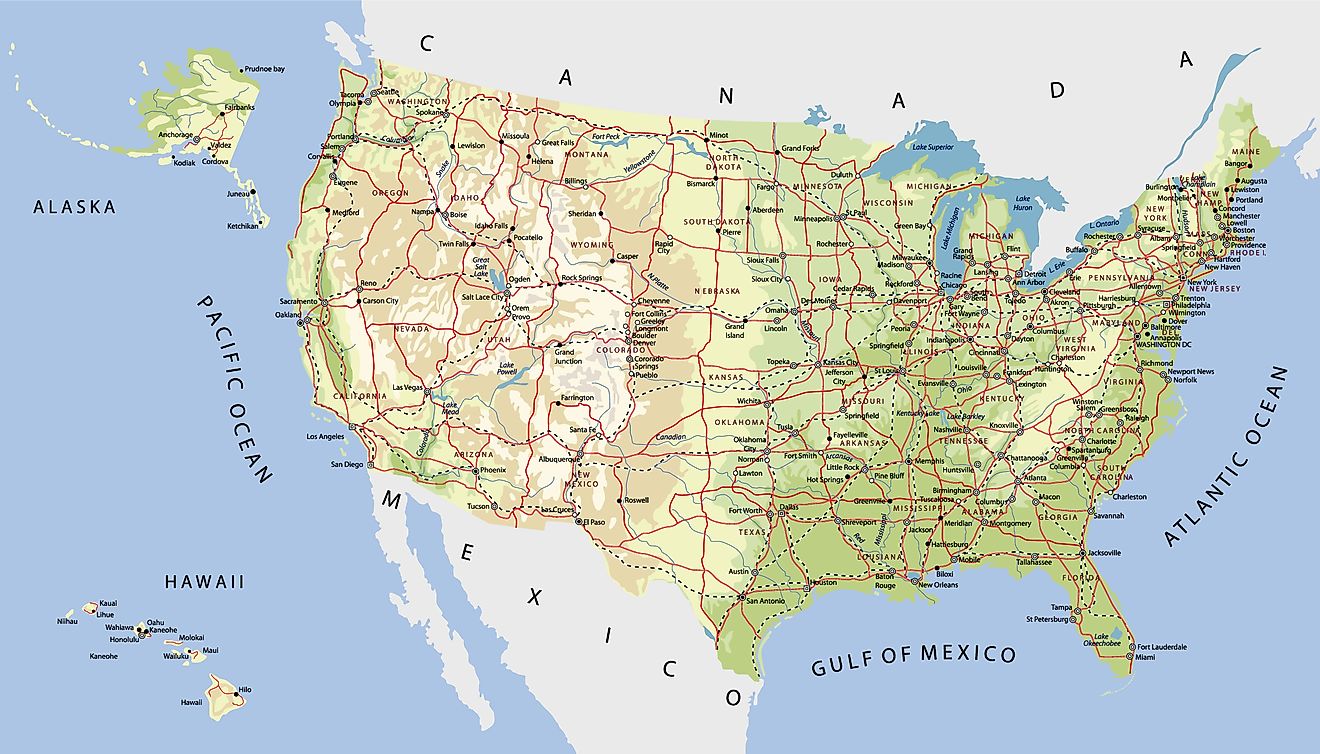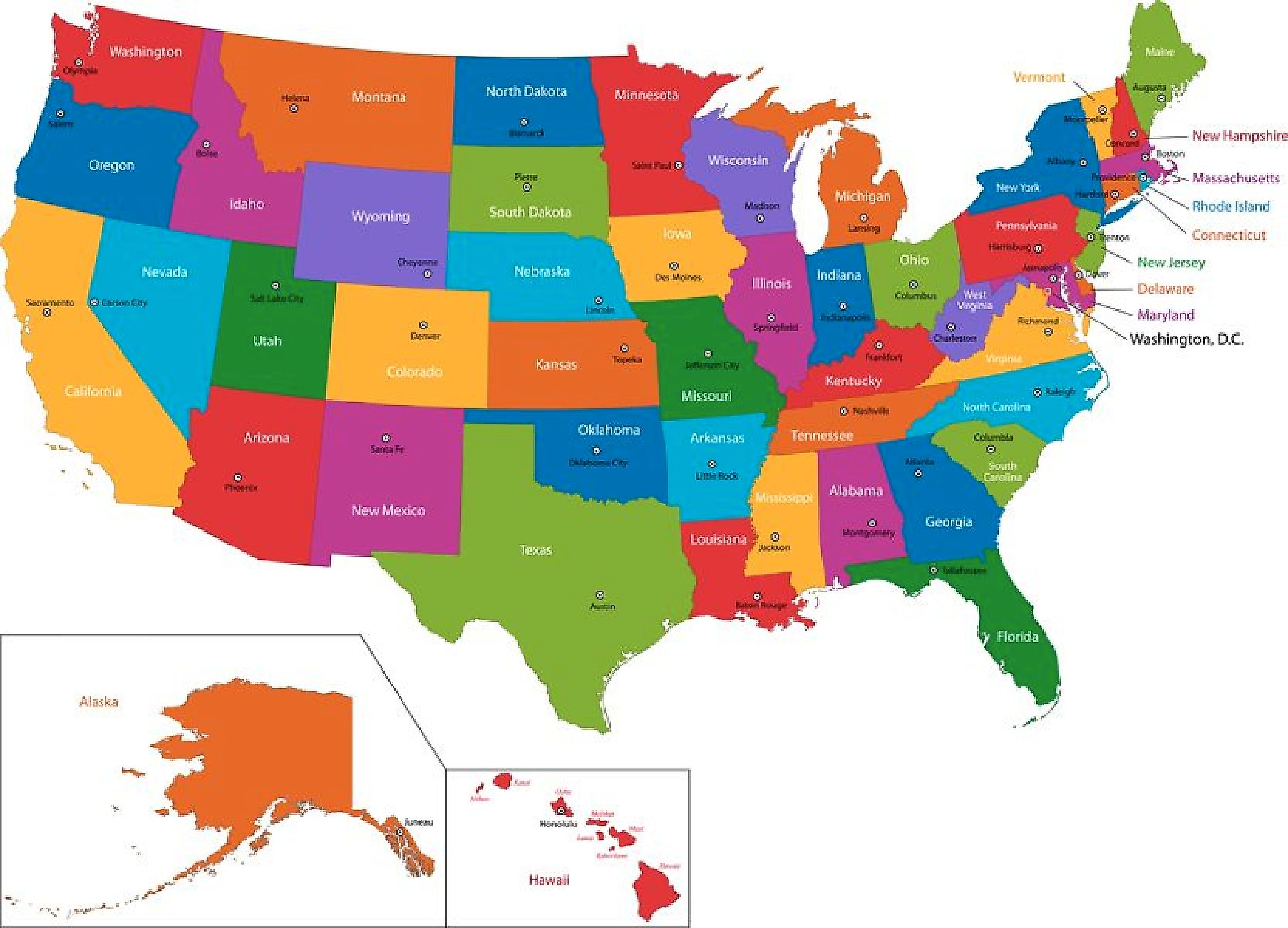
The Smallest States in The United States
When most people think about the United States, they picture a vast country stretching from the Atlantic to the Pacific, filled with towering mountains, expansive plains, and sprawling cities. But not every part of the US fits that massive image. Some states are geographically compact, densely populated, and often overlooked in conversations about scale and landscape. So, how small can a US state really be—and what does that mean for its economy, politics, and way of life?
Take a look at the smallest states in the US by land area, examine what sets them apart, and explore how their size influences everything from governance to culture.
Which US States Are the Smallest by Land Area?
These numbers might seem minuscule compared to the enormous scale of places like Alaska (663,267 square miles) or Texas (268,596 square miles). But what these compact states lack in size, they often make up for in population density, historical significance, and economic power.
| Rank | State | Land Area (sq. mi.) | Total Area (incl. water) |
|---|---|---|---|
| 1 | Rhode Island | 1,034 | 1,545 |
| 2 | Delaware | 1,949 | 2,489 |
| 3 | Connecticut | 4,842 | 5,543 |
| 4 | New Jersey | 7,354 | 8,722 |
| 5 | New Hampshire | 8,953 | 9,349 |
Rhode Island: The Ocean State
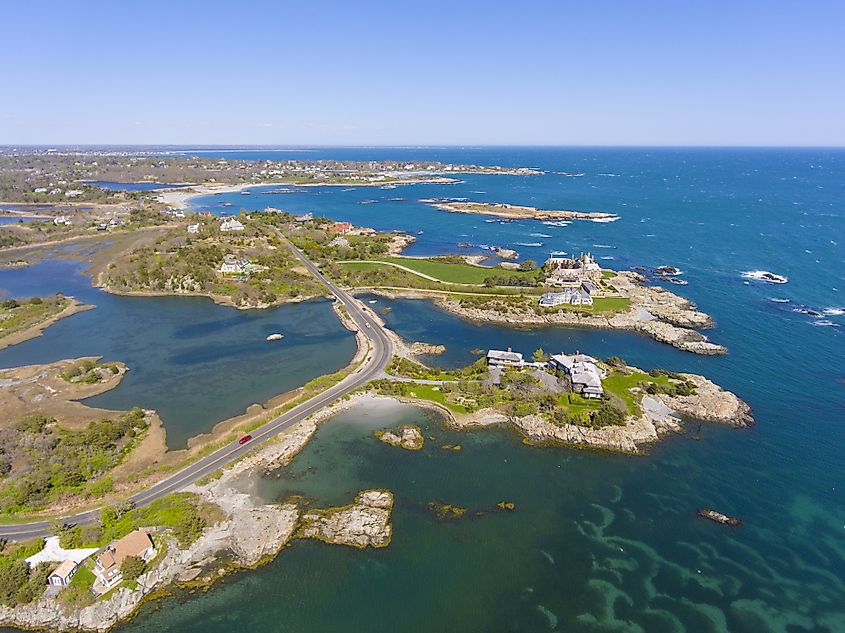
-
Land Area: 1,034 square miles
-
Population (2025 est.): ~1.1 million
-
Capital: Providence
Rhode Island is the smallest state in the US, but it punches well above its weight in historical and cultural influence. A founding member of the original 13 colonies, Rhode Island was the first to declare independence from British rule in 1776.
Its nickname, “The Ocean State,” is fitting—though tiny in landmass, Rhode Island has 400 miles of coastline thanks to its many inlets and bays. With coastal cities like Newport and Narragansett, it thrives on tourism, sailing, and seafood. Despite its size, Rhode Island is densely populated and politically influential within New England.
Delaware: The First State

-
Land Area: 1,949 square miles
-
Population (2025 est.): ~1 million
-
Capital: Dover
Delaware holds the unique title of being the first state to ratify the US Constitution in 1787, which has earned it the moniker “The First State.”
Although small, Delaware is a giant in the world of business law. More than 60% of Fortune 500 companies are incorporated in Delaware, largely due to its favorable legal climate and the influential Court of Chancery. Wilmington serves as a financial hub, while the southern region remains largely agricultural.
Connecticut: Wealth and History
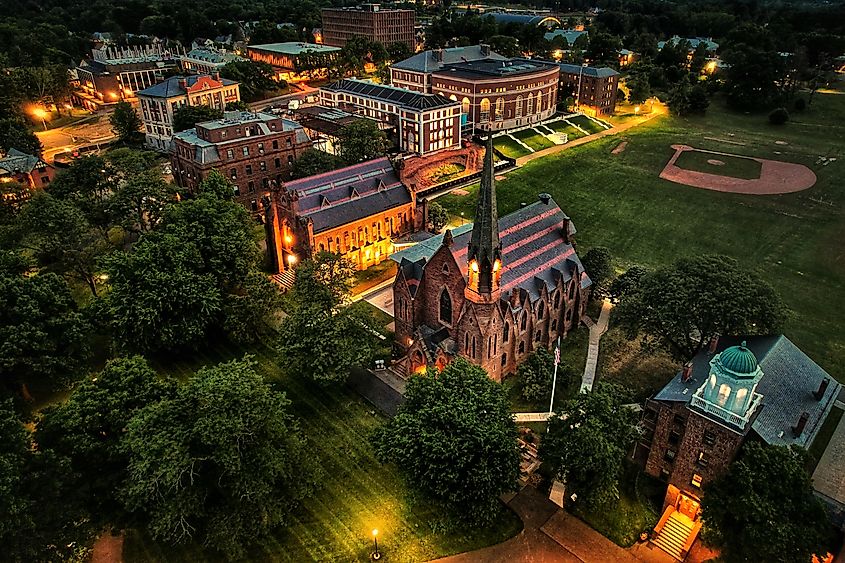
-
Land Area: 4,842 square miles
-
Population (2025 est.): ~3.6 million
-
Capital: Hartford
Connecticut blends coastal charm with suburban affluence. Positioned between Boston and New York City, it is home to major financial institutions, Ivy League powerhouse Yale University, and historical towns dating back to the 1600s.
Despite being the third smallest state, Connecticut has some of the highest per-capita incomes in the country. Towns like Greenwich and Westport are known for wealth and exclusivity, while cities like New Haven and Hartford carry historical and academic weight.
New Jersey: Small but Mighty
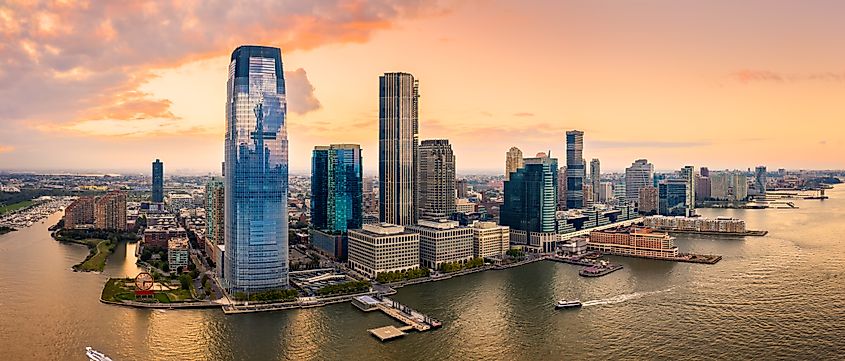
-
Land Area: 7,354 square miles
-
Population (2025 est.): ~9.3 million
-
Capital: Trenton
New Jersey is the most densely populated state in the nation. Sandwiched between two major metros—Philadelphia and New York City—New Jersey serves as both a commuter hub and an economic engine in its own right.
Though small, New Jersey is diverse, industrialized, and culturally rich. From the boardwalks of the Jersey Shore to the pharmaceutical headquarters in northern towns, the Garden State is a microcosm of American life on a compact scale.
New Hampshire: Granite and Independence

-
Land Area: 8,953 square miles
-
Population (2025 est.): ~1.4 million
-
Capital: Concord
Known as the Granite State, New Hampshire has long prided itself on independence and self-reliance. It holds the first presidential primary in the US election cycle and has become a political bellwether.
New Hampshire’s compact size makes it easy to traverse, but its terrain—ranging from the White Mountains to scenic lakes—offers an outdoorsman’s paradise. Unlike its larger New England neighbors, New Hampshire has no sales tax or income tax, making it fiscally attractive despite its small size.
Do Smaller States Have Less Power?

At first glance, it may seem like small states would have less influence in Washington, D.C. But the opposite is often true—especially in the US Senate. Every state, regardless of size or population, has two senators. That means Rhode Island and Wyoming have the same Senate representation as California and Texas, despite vastly smaller populations.
In the House of Representatives, seats are distributed by population, which does lessen small-state influence. But in the Senate—and in presidential elections via the Electoral College—smaller states often have an outsized voice per capita.
This imbalance has long been a topic of political debate. Critics argue it skews national policy in favor of less populated regions, while defenders say it protects rural interests and maintains federal balance.
How Does Size Affect Daily Life?
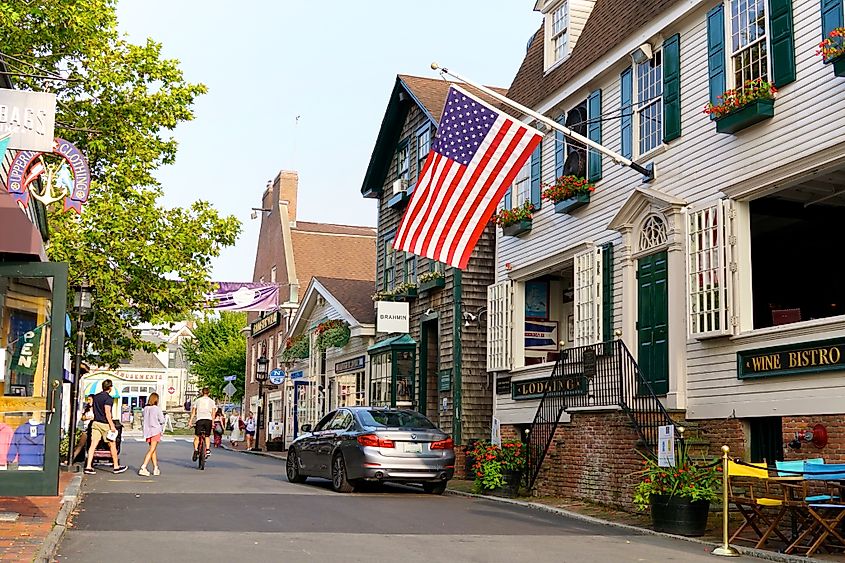
Living in a small state can come with a range of perks:
-
Shorter Commutes: In Rhode Island, a cross-state drive takes less than an hour.
-
Access to Government: Smaller states tend to have more direct access to state lawmakers and officials.
-
Stronger Identity: States like Delaware and New Hampshire often display a stronger sense of regional pride and community.
-
Proximity to Cities: Many small states are located in the densely packed Northeast, where urban amenities are just a short drive or train ride away.
However, small states also face challenges:
-
Limited Natural Resources: Smaller states often have fewer natural reserves or less room for agriculture.
-
Overdevelopment: Population density can strain infrastructure and housing.
-
Limited Representation in the House: Fewer congressional districts mean fewer voices in the national legislature.
Small Size, Big Impact: Why the Nation’s Smallest States Still Matter
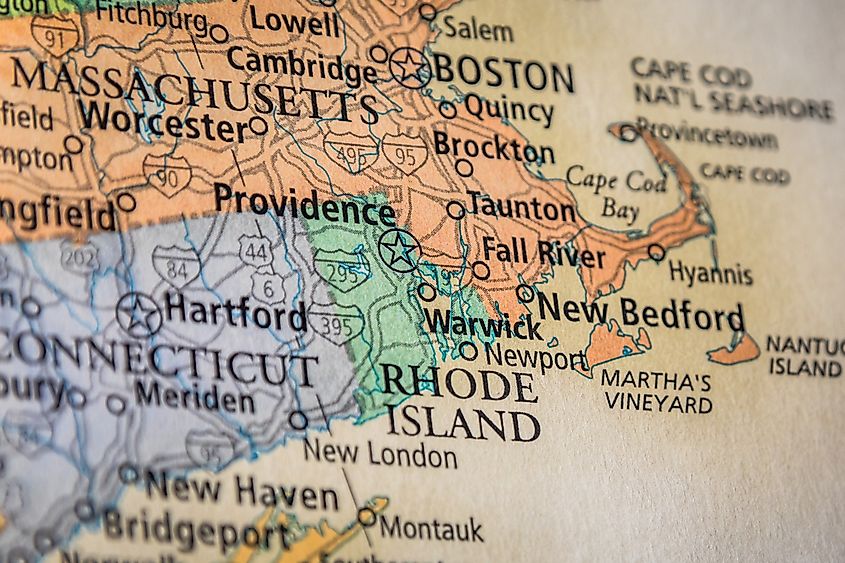
In a country as vast and diverse as the United States, geography does more than define borders—it shapes identity, politics, and opportunity. While it's easy to focus on sprawling states like Texas or Alaska, the smallest states on the map—Rhode Island, Delaware, Connecticut, New Jersey, and New Hampshire—play an outsized role in the national story.
These states may be compact in land area, but they are rich in history, densely populated, and economically influential. Whether it’s New Jersey’s industrial and transportation networks, Connecticut’s financial power, or New Hampshire’s pivotal role in presidential primaries, these states prove that scale doesn’t determine significance.
Despite being easy to miss on a map, these five states have long been central to America's foundation and its future. From early colonial settlements to modern innovation and governance, they demonstrate that national influence isn’t reserved for the biggest players. Whether through policy, population density, or cultural leadership, the smallest states continue to shape the nation far beyond the boundaries of their geography.
